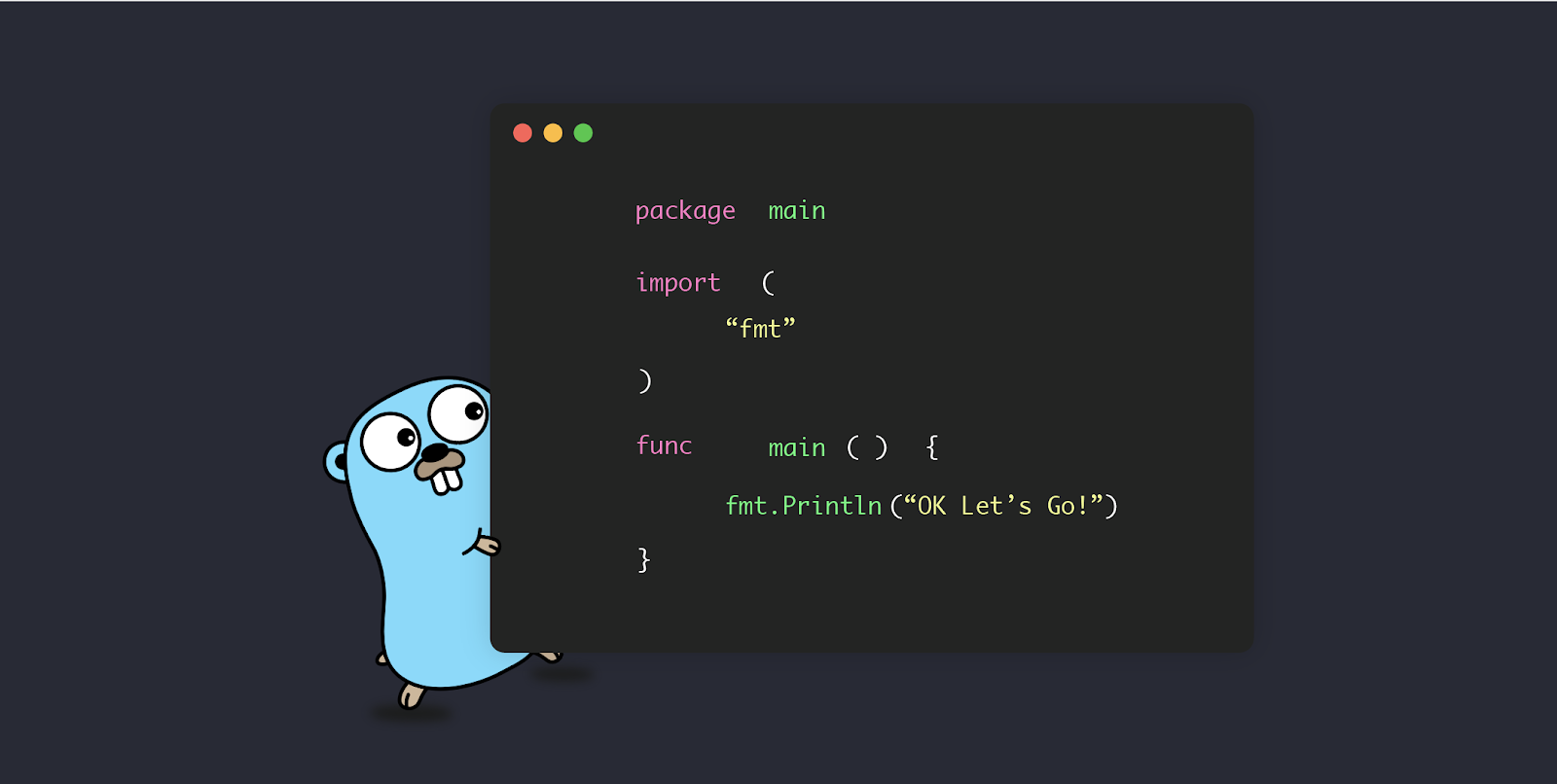In the world of concurrent programming, Go shines with its built-in support for channels. Channels provide a powerful mechanism for communication and synchronization between goroutines. Two essential operations for working with channels are range and close. In this blog, we'll delve into how range and close are used with channels in Go, their syntax, use cases, advantages, and best practices. Whether you're a Go newcomer or a seasoned developer, understanding these operations will empower you to write robust and efficient concurrent code.
The Basics of Channels
Before diving into range and close, let's recap the fundamentals of channels in Go. A channel is a typed conduit for sending and receiving values between goroutines. You create a channel using the make function:
ch := make(chan int)Goroutines can send data to a channel using the <- operator:
ch <- 42And receive data from a channel using the same operator:
result := <-chChannels can be unbuffered (blocking) or buffered (non-blocking). Unbuffered channels ensure synchronization between sender and receiver, while buffered channels allow for asynchronous communication by storing a limited number of values.
Using range with Channels
The range keyword in Go can be applied to channels to iterate over the values received from the channel until it's closed. Here's the basic syntax:
for item := range ch {
// Process item received from the channel
}Using range on a channel allows you to conveniently loop through values sent by one or more goroutines without explicitly knowing when the channel is closed. The loop will exit automatically when the channel is closed.
Example: Using range to Consume Data
func producer(ch chan int) {
for i := 0; i < 5; i++ {
ch <- i
}
close(ch)
}
func main() {
ch := make(chan int)
go producer(ch)
for item := range ch {
fmt.Println(item)
}
}In this example, the producer goroutine sends values to the channel ch. The main function uses range to iterate over the values sent by the producer until the channel is closed with close(ch).
Closing Channels
Closing a channel in Go is accomplished using the close function:
close(ch)Closing a channel is a signal to the receiver(s) that no more data will be sent on the channel. Attempting to send data to a closed channel will result in a runtime panic, but receiving from a closed channel is safe and returns the zero value of the channel's element type.
Example: Closing a Channel
func producer(ch chan int) {
for i := 0; i < 5; i++ {
ch <- i
}
close(ch)
}
func main() {
ch := make(chan int)
go producer(ch)
for {
item, ok := <-ch
if !ok {
break // Channel is closed, exit loop
}
fmt.Println(item)
}
}In this example, the producer goroutine sends values to the channel ch, and the main function receives values and checks if the channel is closed using the second return value of the receive operation (ok). When ok is false, the loop exits.
Use Cases and Advantages
The use of range and close with channels in Go offers several advantages:
-
Safe Closure:
closeprovides a safe and structured way to close channels, signaling the end of data transmission. -
Looping with
range:rangesimplifies the process of consuming data from channels, eliminating the need for manual tracking of when the channel is closed. -
Concurrent Control: Channels,
range, andclosecan be used to coordinate and control the lifecycle of concurrent goroutines. -
Resource Cleanup: Closing channels is useful for resource cleanup, ensuring that resources associated with goroutines are released when no longer needed.
-
Graceful Termination:
closeandrangeenable graceful termination of concurrent processes, reducing the risk of deadlocks and resource leaks.
Best Practices
To make the most of range and close with channels in Go, consider the following best practices:
-
Close Once: Close a channel only once. Closing an already closed channel will result in a panic.
-
Avoid Closing from Multiple Senders: Avoid closing a channel from multiple goroutines to prevent data races and unexpected behavior.
-
Check for Closed Channels: When using
range, check the second return value to detect whether the channel is closed or not. -
Select with
close: Use aselectstatement to listen for channel closure or other events when waiting on multiple channels. -
Use
contextfor Cancellation: In more complex scenarios, consider using thecontextpackage for cancellation and resource cleanup.
Conclusion
range and close are essential features of Go channels that simplify the task of communicating and coordinating concurrent goroutines. By understanding how to use these operations effectively and following best practices, you can write robust and efficient concurrent code in Go. Whether you're building concurrent data pipelines, managing worker pools, or implementing graceful termination in your programs, range and close are indispensable tools in your Go developer toolkit for managing channels and ensuring smooth concurrent execution.
